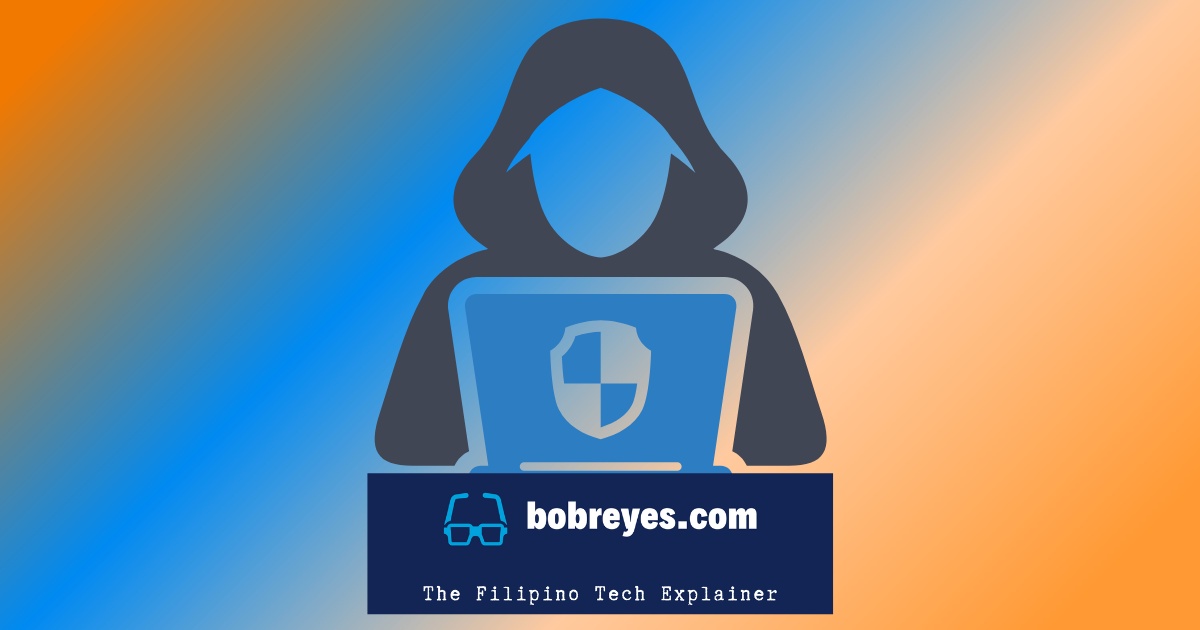Quishing, also known as QRshing, is a new and evolving form of phishing attack that cybercriminals are using to target unsuspecting individuals. The term combines “QR” (Quick Response) codes with “phishing,” highlighting how attackers are leveraging this seemingly harmless technology for malicious purposes. Quishing attacks typically involve the use of QR codes to direct users to fraudulent websites, where sensitive information can be stolen, malware can be installed, or even financial transactions can be manipulated.
How Quishing Works?
QR codes have become widely popular for their convenience in directing users to online resources without the need to type out long URLs. However, this simplicity is exactly what makes them appealing to hackers. In a quishing attack, a malicious actor generates a fake QR code that leads users to a deceptive website. Because QR codes are machine-readable and not human-readable, people cannot easily verify where the QR code will take them until they scan it.
Once the QR code is scanned, it might direct users to a phishing website disguised as a legitimate platform — like a banking login page, an e-commerce store, or a payment portal. These sites may ask for personal details such as passwords, credit card numbers, or other confidential information. In some cases, scanning the code may even trigger the download of malicious software or prompt users to unknowingly authorize fraudulent payments.
The Dangers of Quishing
Like traditional phishing, quishing poses significant risks. Hackers can exploit this method to:
- Steal Sensitive Information: Quishing websites often mimic legitimate sites to trick users into entering personal data, such as login credentials or financial details. Once stolen, these credentials can be sold on the dark web or used in identity theft schemes.
- Spread Malware: Scanning a malicious QR code can lead to the download of harmful software onto a user’s device. This malware can give hackers access to the device, enabling them to steal information, monitor activity, or even demand ransom.
- Fraudulent Payments: Some quishing attacks direct victims to payment pages that appear legitimate but actually send money to the attacker’s account. By the time the victim realizes what has happened, the funds are long gone.
Preventing Quishing Attacks
As QR codes become increasingly used in marketing, payments, and business operations, it’s crucial to be vigilant when scanning them. Here are a few ways to protect yourself from quishing attacks:
- Verify the Source: Before scanning a QR code, ensure it comes from a trusted source. Avoid scanning codes from unfamiliar or unsolicited materials.
- Use QR Scanning Apps: Some mobile apps offer enhanced security features, allowing users to preview the URL behind a QR code before visiting it. This extra layer of protection can help you avoid malicious websites.
- Look for URL Red Flags: After scanning a QR code, check the website’s URL. Be wary of strange domain names, misspellings, or unsecured “HTTP” sites instead of “HTTPS.”
- Avoid Public QR Codes: Be cautious of QR codes displayed in public places or printed on materials like flyers or posters. They can easily be tampered with by attackers.
Quishing is a growing cybersecurity threat that exploits the trust people have in QR codes. As these codes become more integrated into daily life, understanding the risks associated with quishing attacks is crucial. By being vigilant and cautious when scanning QR codes, individuals can protect themselves from falling victim to this dangerous form of phishing. Stay alert, verify the source, and always question the legitimacy of a QR code before scanning.


